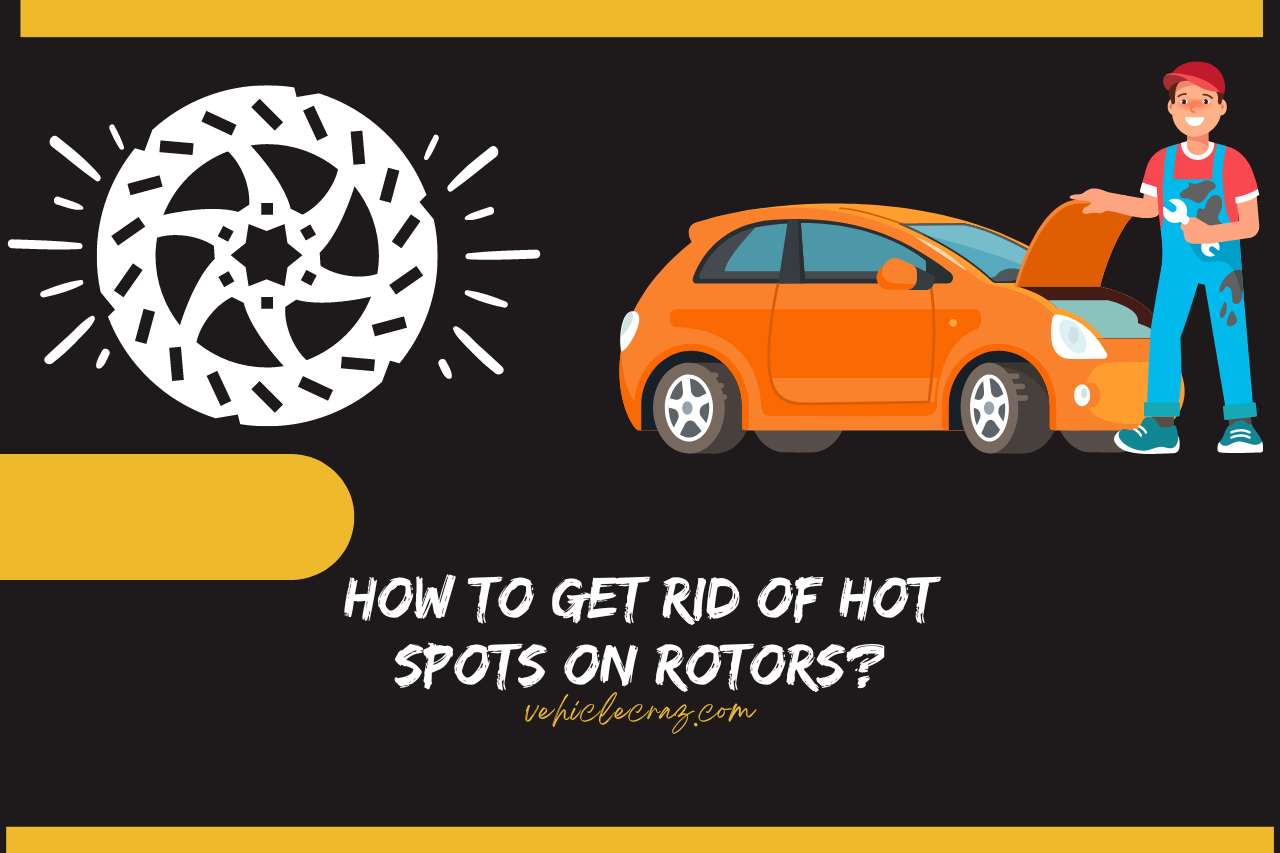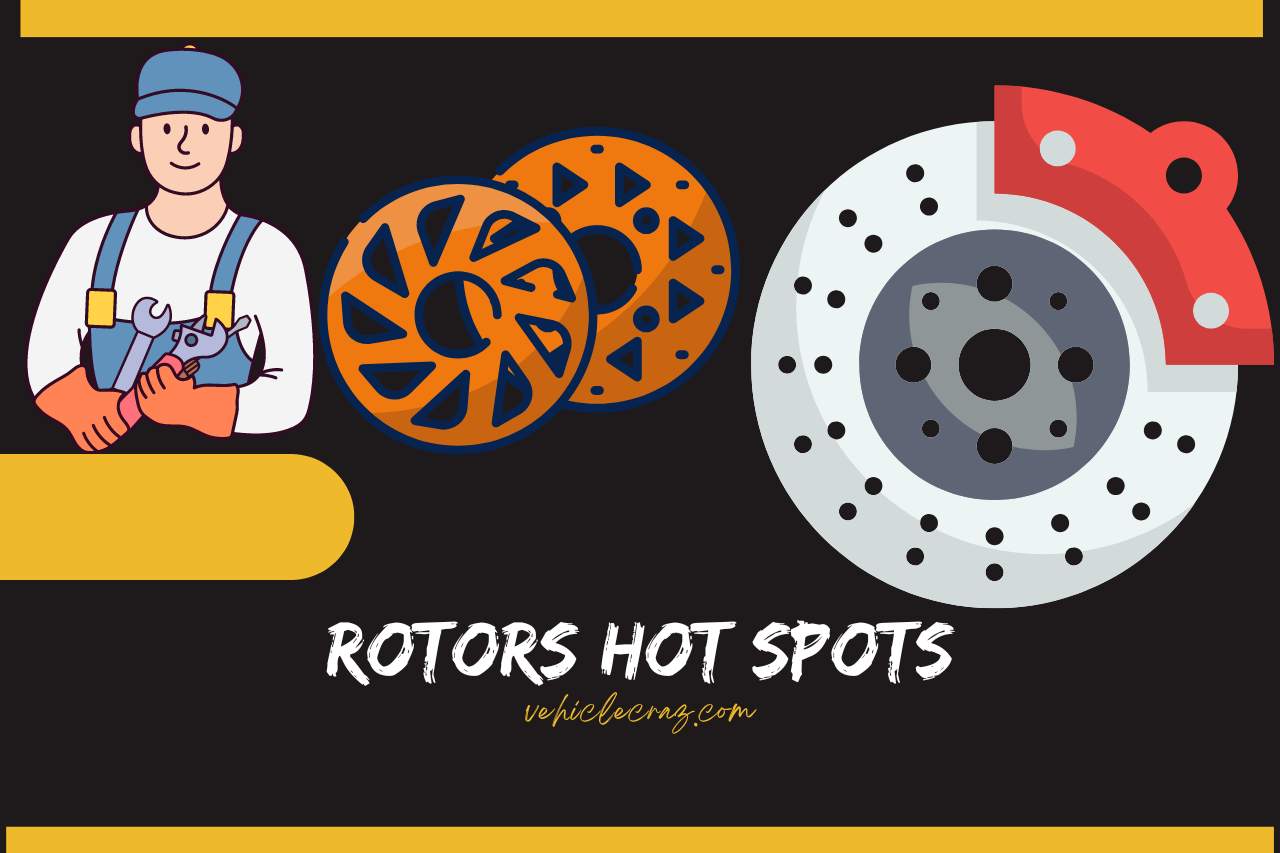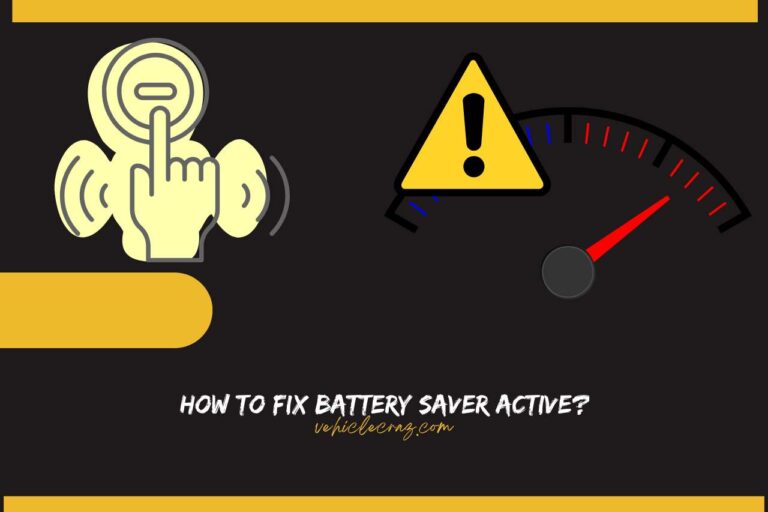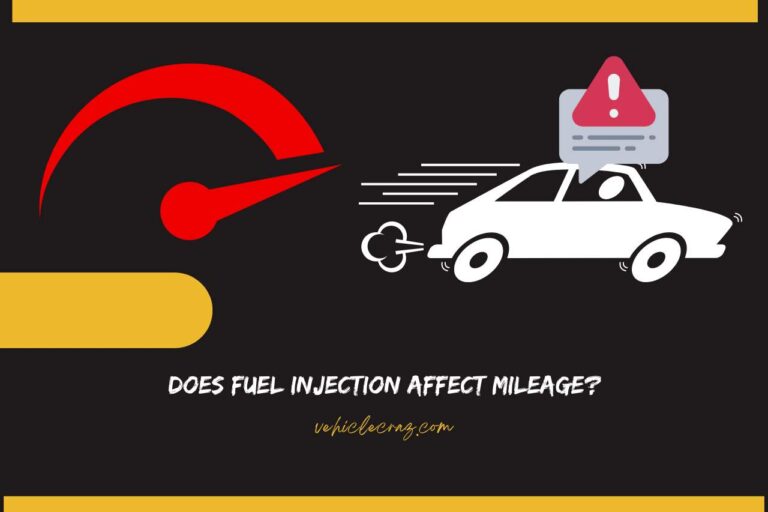Rotors Hot Spots – Understanding Rotors Hot Spots!
This platform is your entryway to learning the complexities of rotor hot spots and their influence, whether you’re an experienced engineer, a curious hobbyist, or simply interested in machines’ intricate workings.
We go deeply into the topic of rotors in the following article since they are crucial parts used in everything from industrial machines to automobiles.
During operation, rotors are exposed to high loads and temperature variations, which frequently cause hot spots to form.
Performance, longevity, and even safety can all be significantly impacted by these concentrated zones of high heat.
What are the Rotor’s Hot Spots?
Rotor hot spots, found in rotating parts of mechanical systems, including engines, turbines, and industrial machinery, are localized regions of elevated temperature.
These hot areas often appear as a result of heat generation that is distributed unevenly. As the rotor spins, friction and centrifugal forces create different levels of stress and heat buildup in other places.
The system’s durability, effectiveness, and performance can all be significantly impacted by hot spots. They may result in mechanical failure, material deterioration, and heat stress.
Rotor hot spots must be located and fixed to stop long-term damage, guarantee safe operation, and extend equipment lifespan.
Enhancing cooling systems, choosing suitable materials, maximizing design specifications, and implementing efficient maintenance procedures are some strategies to reduce rotor hot spots.
How are Hot Spots On Rotors Formed?
Due to the uneven distribution of heat and stress during operation, hot spots can develop on rotors. A rotor receives varying thermal and mechanical loads as it turns.
These changes can produce hot spots, which are isolated areas of high temperature. Centrifugal forces, friction, and the material’s characteristics all impact the development of hot spots.
Heat is produced by friction between moving components like bearings or seals. Additionally, imbalances in convective heat transmission may result from contact between the rotor and the surrounding air or fluid.
Particularly around the rotor’s outer edges, where the velocity is highest, centrifugal forces produce higher stress and heat areas.
Thermal conductivity and heat capacity are two material qualities that impact how heat is transported and dispersed inside the rotor.
Hot spots can form due to stress concentrations being exacerbated by components with different thermal expansion rates.
Together, these elements lead to localized zones of high temperature and uneven heating and stress patterns across the surface of the rotor.
These hot spots have the potential to cause material fatigue, diminished mechanical integrity, and decreased overall effectiveness over time.
Proper design, material selection, cooling mechanisms, and maintenance are crucial to prevent the development of hot spots and preserve the longevity and dependability of rotating machinery.
How Can you Identify Hot Spots On Your Rotors?
- Visually inspect the rotor before, during, and after use. Look for regions of the surface that have changed color or become darker since these can point to localized heating. These regions could be seen as patches that contrast the rest of the rotor in color or texture.
- To identify differences in surface temperature, use an infrared camera. On the camera’s display, hot spots appear bright and expose places with greater temperatures than the surroundings.
- Install thermocouples or temperature sensors at critical locations on the rotor. During operation, monitor these sensors to spot any unusual temperature rises.
- Hot spots may indicate abnormal vibration patterns. Vibration behavior may change as a result of changes in material properties brought on by elevated temperatures. Vibration data analysis can be used to spot potential problems.
- Look for indicators of thermal breakdown in oil samples when using lubricating oil in applications. Oil molecules can be destroyed by high temperatures, which can cause deposits and debris to accumulate.
- This technique picks up signals related to stress that materials undergoing deformation emit. Hot spots can result in stress concentrations that emit audible emissions that can be heard.
- Use FEA tools to simulate rotor operation and identify probable hot spots. Understanding the distribution of temperature and stress under various settings is made more accessible by this analysis.
- Run controlled tests where the rotor is put under different loads and circumstances. During these tests, monitor temperature variations to identify potential hot spots.
Are Hot Spots a Concern?
Hot spots are a significant concern in many mechanical systems and rotating machinery. Hot spots shorten the lifespan of the rotor by accelerating wear and material degradation because of elevated temperatures. This may necessitate expensive upkeep or premature replacement.
Elevated temperatures damage materials, lowering their resistance and mechanical strength. Unexpected fractures, cracks, or catastrophic failures may emerge from this.
Friction-prone regions frequently overlap with hot spots. Friction buildup in these areas can exacerbate wear and tear, increasing maintenance requirements and decreasing efficiency.
Hot spots can change how a system operates, which lowers its performance and efficiency. Energy waste and elevated operating expenses may come from this.
Can Rotors with Hot Spots Be Resurfaced or Repaired?
Resurfacing or repairing rotors with hot spots may be possible, depending on the extent of the damage and the particular application.
While replacement may be a more realistic option in some circumstances, it can alleviate hot areas by resurfacing or repair techniques in others.
Resurfacing may be used to address minor hot spots caused by localized overheating or friction. The affected region must be machined or ground to remove the damaged material and create a smooth surface.
However, it’s crucial to ensure that resurfacing doesn’t affect the rotor’s balance or structural soundness. Resurfacing is more practical for relatively small hot patches that haven’t affected the rotor’s overall performance.
Welding or specialist repair methods may be considered for more severe hot spots that have caused localized damage.
A damaged section can be reinforced and functionally restored using metal stitching, laser cladding, or thermal spraying. Care should be taken when welding or repairing to avoid further stress or imbalances.
Replacement might be the safest and best option when the hot spots have caused severe material deterioration, cracks, or other structural issues.
Safety and dependability are frequently prioritized in critical applications, such as industrial or aerospace apparatus, making replacement the best option.
A complete evaluation by expert engineers or technicians should be the basis for resurfacing, repairing, or replacing a rotor with hot spots.
Careful consideration must be given to elements such as the rotor’s design, material, degree of damage, cost of repair, and effect on overall system performance.
The integrity of the rotor or the system it is a part of must not be compromised during any resurfacing or repair in safety-critical applications. Hence it is crucial to adhere to industry norms and guidelines.


How to Get Rid of Hot Spots on Rotors?
- Start with a well-thought-out rotor that considers things like material selection, cooling systems, and stress distribution. Hot areas can be avoided with the use of a solid design.
- Use efficient cooling techniques, such as liquid or air cooling, to remove extra heat from crucial locations. To aid in heat dissipation, cooling channels, fins, or heat sinks can be incorporated into the design of the rotor.
- To avoid localized stress concentrations resulting in hot spots, equally distribute mechanical stresses across the rotor. Appropriately balanced systems operate with less stress, lowering the possibility of high temperatures.
- Use specialist coatings with excellent thermal resistance to minimize heat transfer to the rotor’s surface. These coatings may lessen the occurrence of hot spots.
- Select materials with superior thermal conductivity and heat resistance. Hot spots are less likely since these materials are better at withstanding high temperatures and effectively dissipating heat.
- To increase the rotor’s surface integrity and thermal conductivity, apply shot peening or polishing. This may prevent the buildup of heat in particular places.
- Use a thorough monitoring system that includes vibration analysis, temperature sensors, and other diagnostics to locate hot areas early. Early detection enables prompt intervention.
- To keep the rotor in top shape, adhere to suggested maintenance schedules. Inspections, lubrication, and cleaning performed on a regular basis can help avoid problems that cause hot spots.
- If hot areas start forming, consider resurfacing or making only the necessary repairs.
- To choose the best course of action, consult with specialists.
- Engage knowledgeable engineers, technicians, or experts who can examine your unique application and suggest specialized ways to reduce and eliminate hot spots.
How Do you Prevent Hot Spots from Forming On Rotors?
Through a combination of preventive measures, hot rotor spots can be avoided. To reduce stress concentrations, start with a well-designed rotor that considers material qualities, stress distribution, and balanced loading.
Use efficient cooling techniques like cooling channels or thermal barrier coatings to dissipate heat evenly. Pick materials with thermal solid resistance and conductivity.
To spot early warning indications of overheating, regularly check the condition of the rotor using temperature sensors, vibration analyses, and inspections.
The likelihood of hot spots can be significantly decreased by incorporating these methods, resulting in prolonged rotor life and maximum performance.
Watch this one,
Video Credits – Auto Repair Procedures


I’m Alex, a seasoned mechanical teacher with over 20 years of hands-on experience in Australia. My passion for all things automotive has driven me to establish this blog, aiming to share my wealth of knowledge and expertise with fellow enthusiasts, DIYers, and anyone keen on understanding the mechanics behind the machines we rely on daily.






![Does The Odometer Reset When The Engine Is Replaced? [Answered]](https://vehiclecraz.com/wp-content/uploads/2023/09/7-768x512.jpg)
